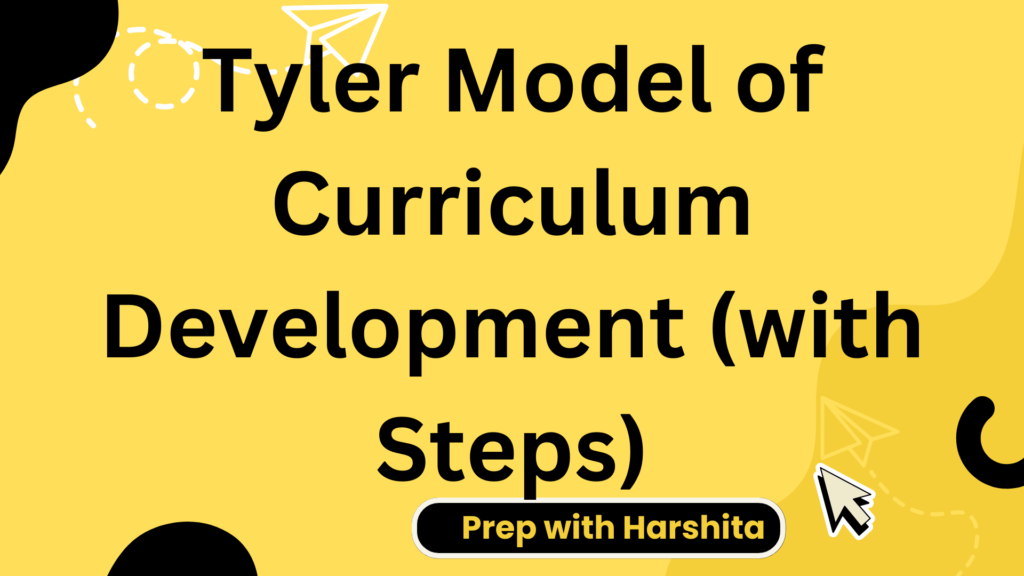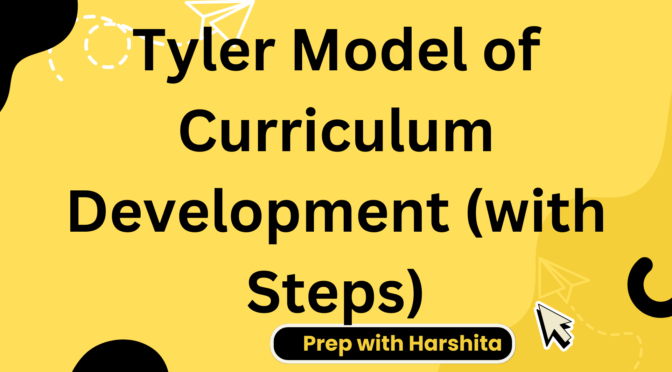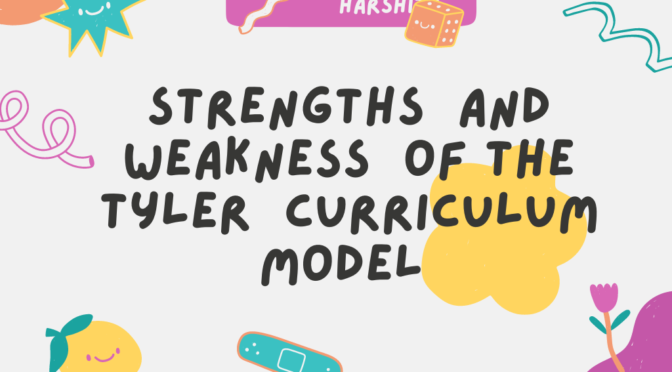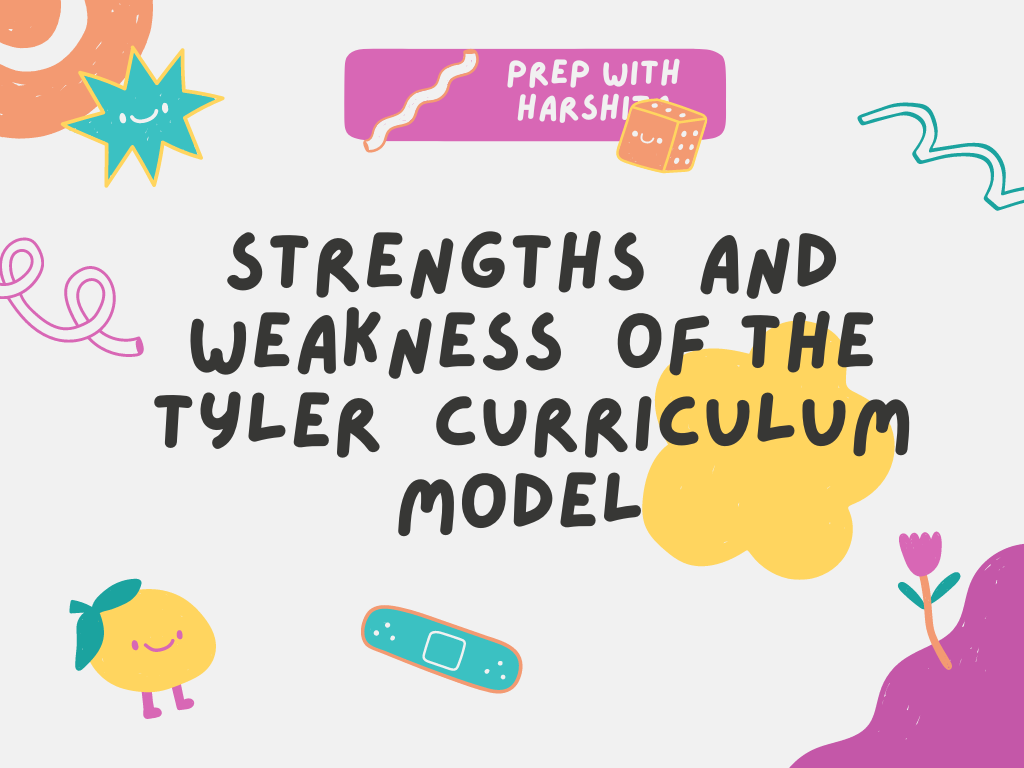The Tyler model of curriculum development, also known as the objectives model, was developed by Ralph Tyler in 1949. It is a systematic and linear approach to curriculum development that focuses on four fundamental questions:
- What educational purposes should the school seek to attain?
- What educational experiences can be provided that are likely to attain these purposes?
- How can these educational experiences be effectively organized?
- How can we determine whether these purposes are being attained?
The Tyler model involves a step-by-step process of curriculum development that begins with defining the objectives of the curriculum, identifying appropriate learning experiences, organizing these experiences into a logical sequence, and assessing the effectiveness of the curriculum in achieving its objectives.
The four stages of the Tyler model are:
- Defining objectives: The first stage involves identifying the educational objectives or goals that the curriculum is intended to achieve. Objectives should be specific, measurable, achievable, relevant, and time-bound.
- Selecting content: The second stage involves identifying the content and learning experiences that will help students achieve the objectives identified in the first stage. The content should be relevant, meaningful, and appropriate for the intended audience.
- Organizing content: The third stage involves organizing the content and learning experiences into a logical sequence that facilitates learning. This may involve developing a scope and sequence, creating lesson plans, and designing assessments.
- Evaluating outcomes: The final stage involves evaluating the effectiveness of the curriculum in achieving its objectives. This may involve assessing student learning, evaluating the effectiveness of the teaching strategies and materials used, and making any necessary revisions to the curriculum.
The Tyler model of curriculum development is a widely used approach in education and is known for its focus on clearly defined objectives, alignment with learning standards, and systematic approach to curriculum development.
Also Visit : Grass Root Model

Also Visit : Prep with Harshita



